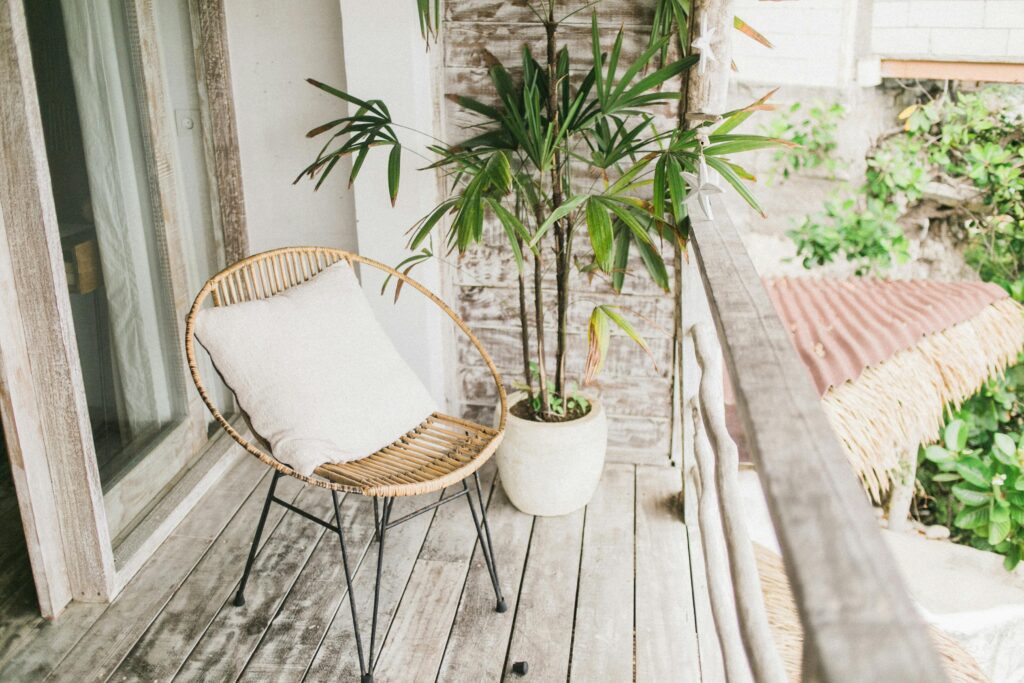In an era marked by growing environmental awareness and a pressing need for sustainable living practices, the concept of sustainable interior design has emerged as a beacon of hope for eco-conscious homeowners. Gone are the days when eco-friendly design was synonymous with bland and uninspired aesthetics. Today, sustainable interior design seamlessly integrates style and sustainability, offering a plethora of innovative solutions to revitalize your home while minimizing environmental impact.
At its core, sustainable interior design is about making conscious choices that prioritize environmental responsibility without compromising on style, comfort, or functionality. From utilizing renewable materials to implementing energy-efficient technologies, every aspect of interior design can be tailored to reduce the carbon footprint of your home.
One of the fundamental principles of sustainable interior design is the use of eco-friendly materials. Traditional building materials like wood, stone, and metal are being replaced with sustainable alternatives such as bamboo, reclaimed wood, recycled glass, and cork. These materials not only reduce the demand for virgin resources but also contribute to healthier indoor air quality by minimizing the emission of harmful chemicals.
Furthermore, sustainable interior design emphasizes the importance of energy efficiency. By incorporating energy-efficient lighting fixtures, appliances, and insulation, homeowners can significantly reduce their energy consumption and lower utility bills. Additionally, harnessing natural light through strategically placed windows and skylights not only reduces the need for artificial lighting but also creates a more inviting and uplifting atmosphere within the home.
Another key aspect of sustainable interior design is waste reduction. Rather than discarding old furniture and accessories, consider repurposing or upcycling them to give them a new lease on life. Reupholstering old chairs, refinishing worn-out tables, or transforming unused items into decorative accents not only adds character to your home but also reduces the amount of waste ending up in landfills.
Incorporating indoor plants into your interior design scheme is another effective way to enhance sustainability. Not only do plants improve air quality by absorbing harmful pollutants, but they also add a touch of greenery and natural beauty to your living space. Additionally, cultivating a small indoor garden or herb garden can promote sustainable living by reducing the need for store-bought produce that is often packaged in plastic and transported over long distances.
Beyond materials and aesthetics, sustainable interior design also encompasses mindful consumption and ethical sourcing. When purchasing new furniture or decor items, opt for products that are made from sustainable materials and manufactured using eco-friendly processes. Look for certifications such as FSC (Forest Stewardship Council) for wood products or Cradle to Cradle for overall sustainability.
Moreover, consider supporting local artisans and craftsmen who prioritize sustainability and fair labor practices in their work. By investing in high-quality, locally made products, you not only contribute to the local economy but also minimize the environmental impact associated with long-distance transportation.
In conclusion, sustainable interior design offers a holistic approach to revitalize your home while minimizing its environmental footprint. By embracing eco-friendly materials, energy-efficient technologies, waste reduction strategies, and ethical sourcing practices, homeowners can create spaces that are not only beautiful and functional but also sustainable and environmentally responsible. So, whether you’re embarking on a full-scale renovation or simply looking to refresh your interior decor, consider incorporating sustainable principles into your design process for a home that’s as stylish as it is eco-friendly.



